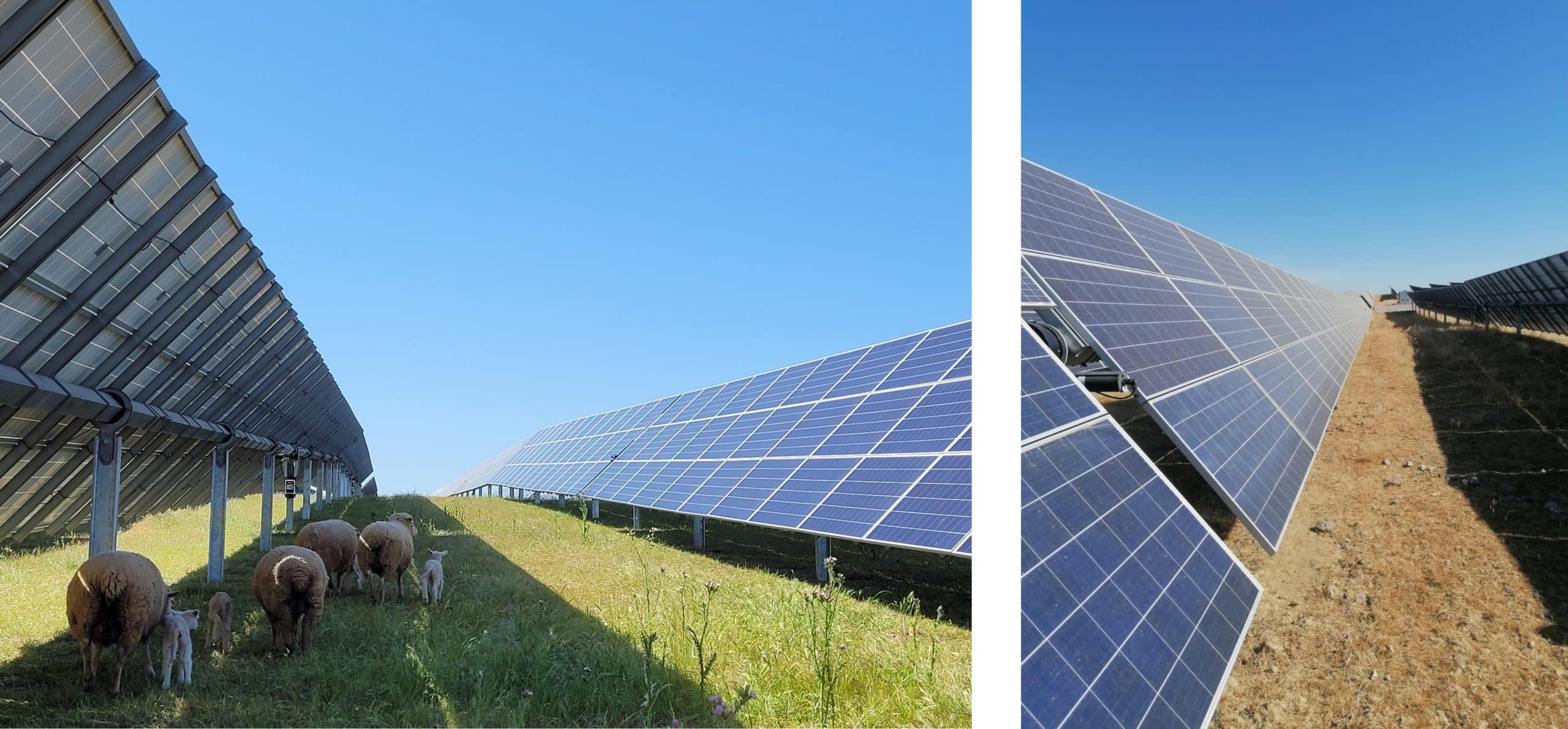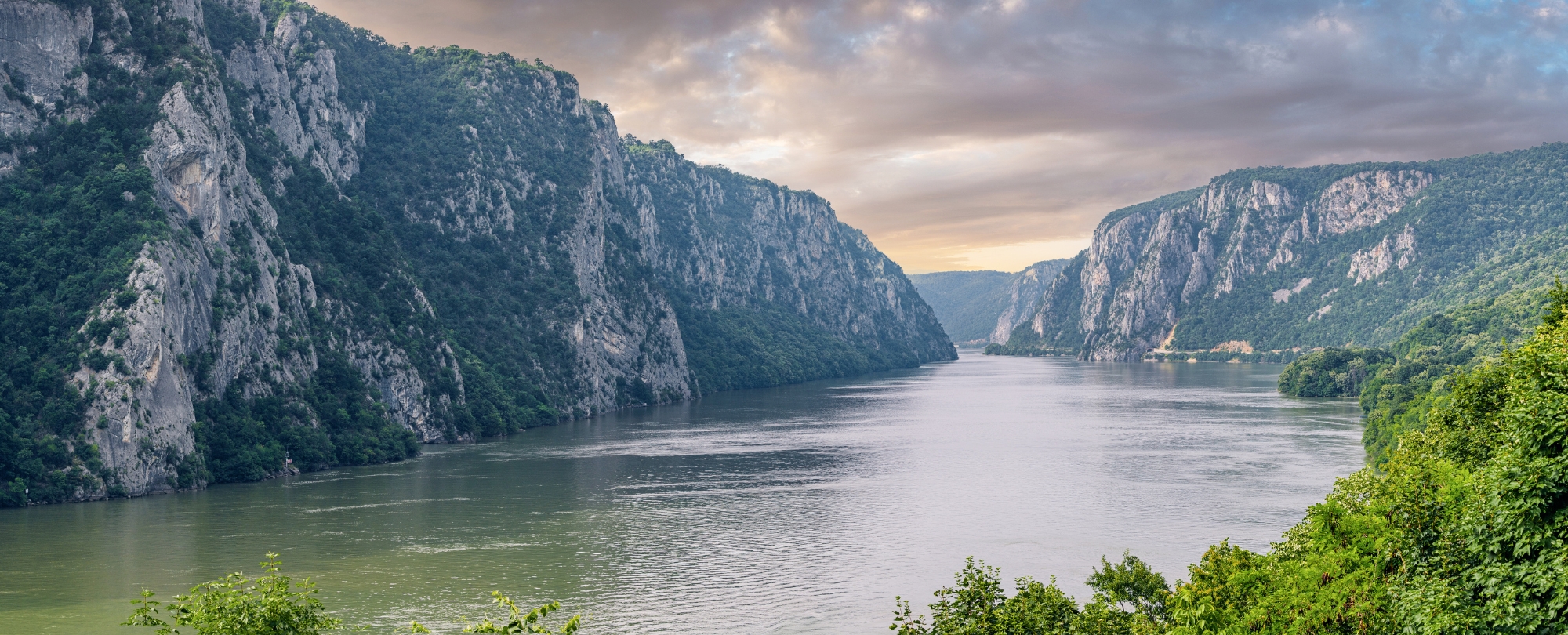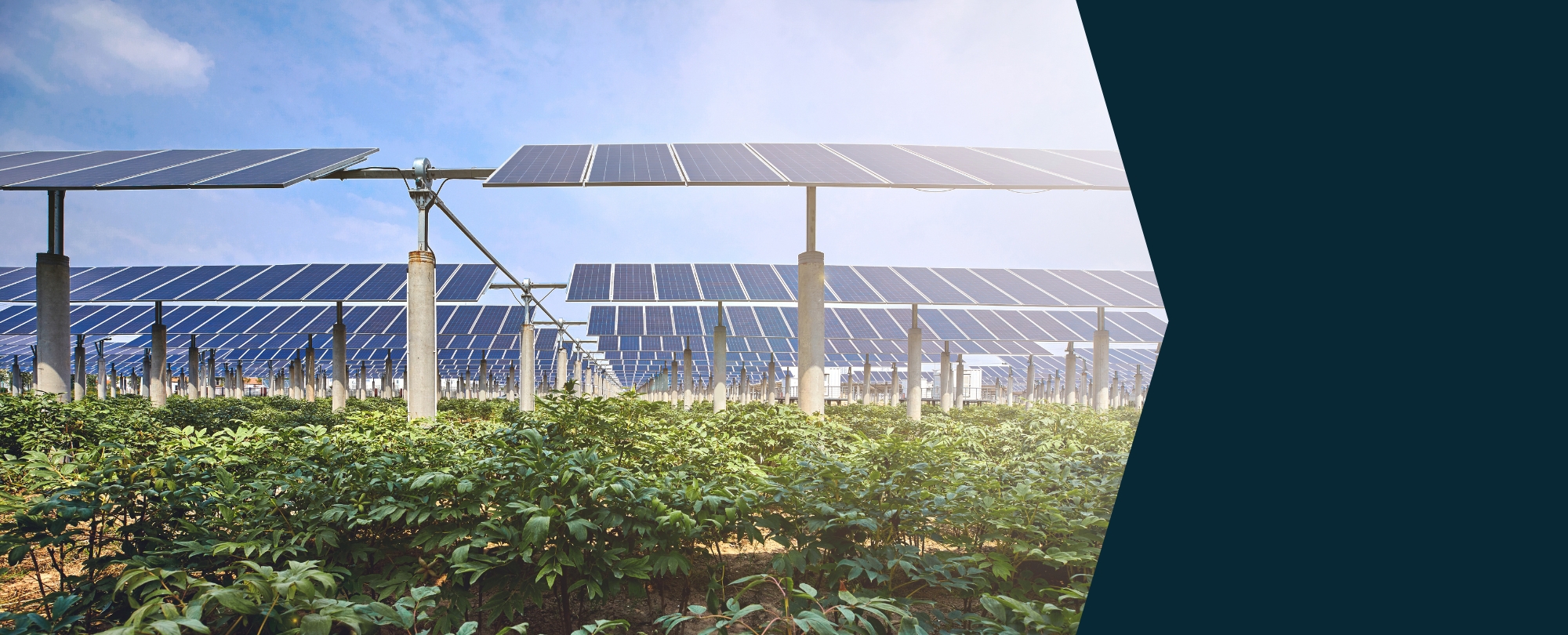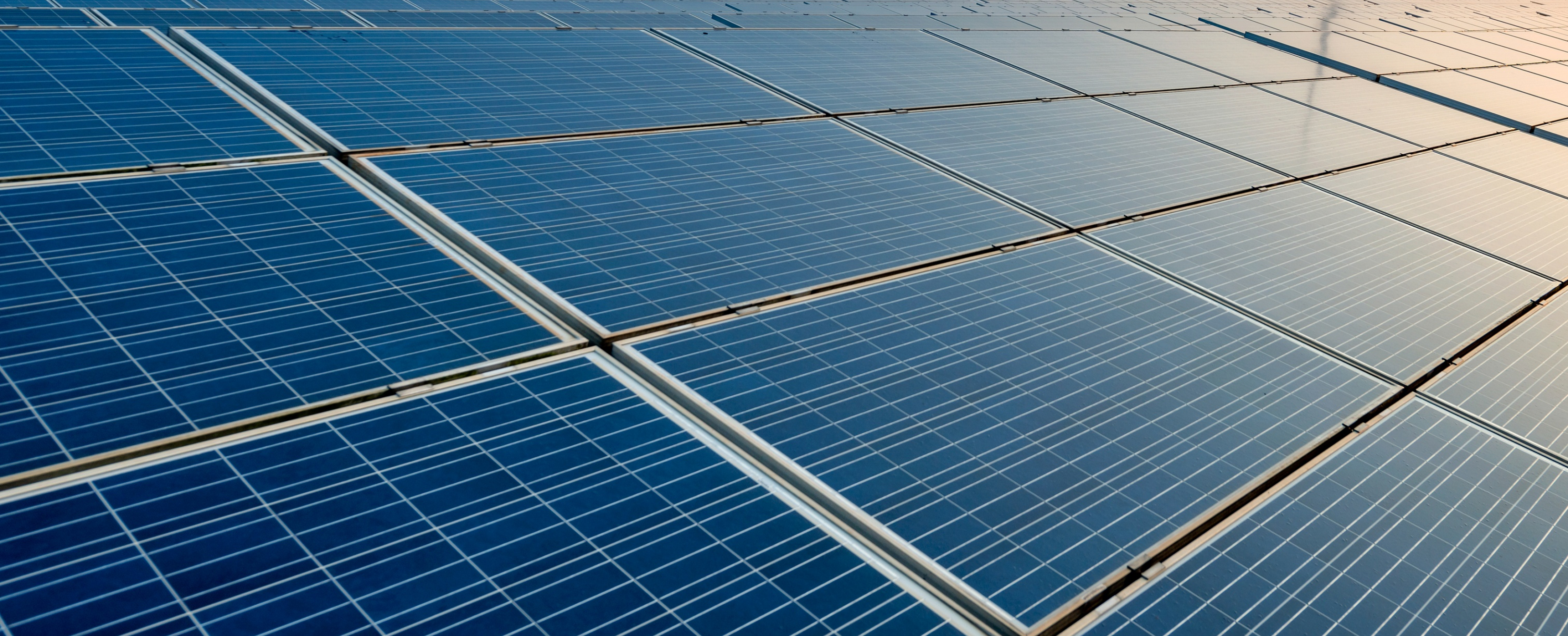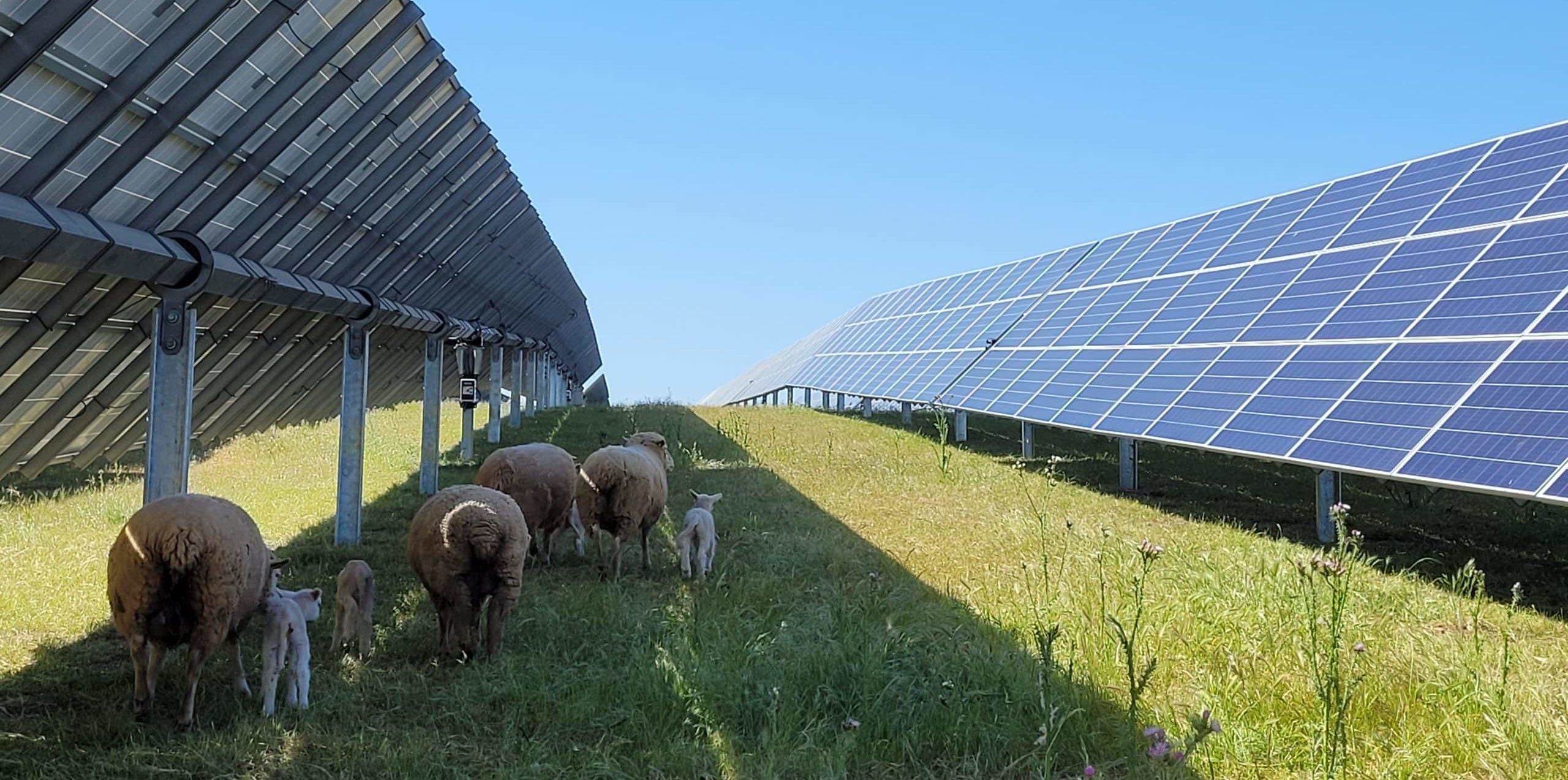
Solar Energy in Rural Spain – Korkia in Extremadura
Outside of the beaten track, the autonomous community of Extremadura is located at a distance from major metropolia, halfway between Madrid and Lisbon. The sole flight connection to the city of Badajoz is operated from Barcelona, otherwise transport needs to be by rail or by car/bus. While the autonomous community does see some tourism, the […]
Outside of the beaten track, the autonomous community of Extremadura is located at a distance from major metropolia, halfway between Madrid and Lisbon. The sole flight connection to the city of Badajoz is operated from Barcelona, otherwise transport needs to be by rail or by car/bus. While the autonomous community does see some tourism, the remorseless Iberian summer heat, combined with a lack of beaches do keep numbers low. Extremadura is also experiencing a migration loss – traditionally, people have been moving to larger cities for access to better employment opportunities. Within Spain, it is known as the producer of Serrano ham, in particular the kind called Bellota – the most exclusive kind of Serrano ham, the ones fed with Extremadura’s trees, such as the encina. The low population density, combined with plentiful sunshine have, however, opened up a new lucrative regional business – solar energy!
Korkia’s Power plant and Surroundings
At an hour’s distance from Seville to the North lies the medieval small town of Zafra. From Zafra, a rural road towards the village of Hinojosa del Valle meanders through the steppe. After some 15 minutes of driving, there is a turn to an old farm. A gravel road below a tree canopy leads to the solar plant, located in the middle of the splendour of an old mansion.

In the vicinity, there are more power plants. One of them, running an impressive but old-fashioned bi-axial tracker technology is located next door. Construction of such solar plants is no longer financially viable, but it does look impressive. Through its sheer size, Iberdrola’s 500 MWp giant solar park is even more impressive. Stretching over an area of approximately 1000 has, its spans over the horizon, covering almost all one can see from a nearby hilltop. Sizewise, its annual production of roughly 1 TWh is equivalent to almost 10 % of Finland’s brand new Olkiluoto 3 nuclear power plant.
Beyond the solar power plants, the area is scarce in buildings. Cows and sheep flock close to, and the latter even employed as ecologic grass mowers within the power plants. In springtime, wedges of cranes gather together in order to prepare for moving up north. The annual variation in temperature is high – the temperatures hover around 40 C in summertime, but in September the scorching heat gives way to more benign temperatures. In the winter, morning temperatures fall just above the freezing point.
The general feel is more akin to the atmosphere in the Finnish countryside than urban Spain, yet the area resembles more the open fields of Botnia (Pohjanmaa) than the Finnish archipelago that I know better. Another comparison could be the South African bosveld, the savannah. Looking at these grasslands, one wonders if not wild animals could hunt out there, as they do in Africa.
Technical Information
In the mansion located in the middle of the plant, the maintenance company holds its office. As a part of the development work of the asset, the management company renovated the old mansion to modern standards, and uses the premises as its permanent office. A continuous, manned presence is an obvious advantage to our asset – the rule being just occasional visits performed to unmanned solar pv plant sites in Spain and elsewhere. Whatever technical problem arises, they can react rapidly, and the continuous presence adds to site security as well.
Our plant has a peak power of 22 MW, and it produces more than 40 GWh annually. This implies a specific yield around 2000 MWh annually, which is possible due to high solar radiation, a single axis tracker technology as well as artificial intelligence, the latter being used to optimize module position in relation to other modules, the sun’s position as well as topography. The downside of the location is the summer heat – the performance of the plant falls with 0,5 % with each degree Celsius above the baseline temperature of 25C due to heating losses in the modules. The plant was finished in summer 2021, and thus was built during the COVID-19 epidemic, which did cause some delays in its construction.
Even the best sites in Finland, using the most modern technology struggle to pass the annual production level of 1000 MWh/MWp on annual level, so less than 50 % of what can be produced in Extremadura.
Assuming an average consumption of 10 MWh/p.a, the plant provides energy to the need of some 4500 households in Spain.
Investment Impact
For personal reasons, the developer of the project has a long-time commitment to create employment and welfare in the region. For this reason, along with the project the maintenance company was created. Over the years, this has had a major – and a surprising – impact in the local community. The majority of employees in the maintenance company have found the economic stability to start a family. Personally, this is the impact that has most delighted me – children and young families are scarce in rural Spain.
Our plant cooperates with local stakeholders. As mentioned, the neighbour’s sheep graze within the plant for some three months in the year, creating a win-win for us as well as the farmer, who does not need to feed his sheep during this time. Grass height is a delicate issue – too high, and one faces increased risk of wildfire during the summer, and too low causes soil erosion and more dust, thus hampering the production of the modules.
There is also cooperation with the town hall. They are using our surface for a research project to study experimental crops designed to improve soil quality and prevent wildfires.
It is our perception that stakeholder cooperation is a benefit in the long term, and in particular if further permits are ever needed.
Leonardo di Caprio, maybe based on what he learned from the movie Blood Diamonds, has invested in a company in Extremadura exploiting plentiful solar energy in order to produce synthetic diamonds. You never know!
Tomi Tervo works with Korkia’s solar investments outside of Finland
